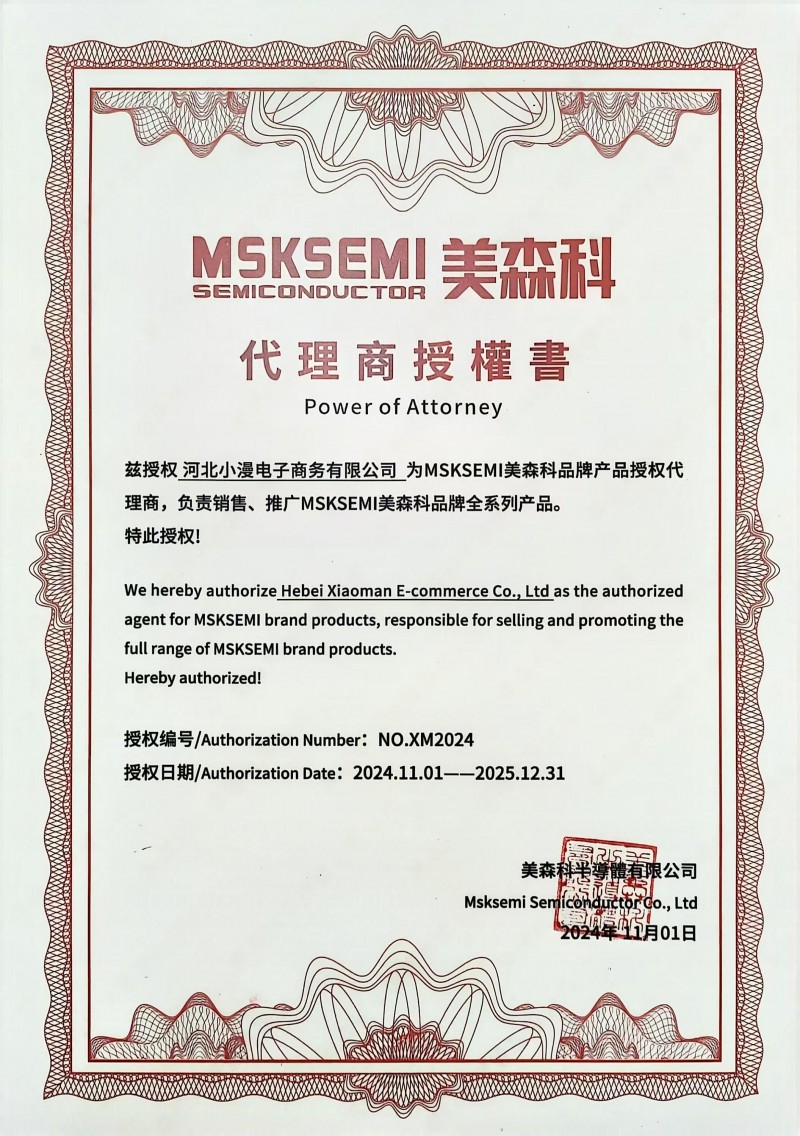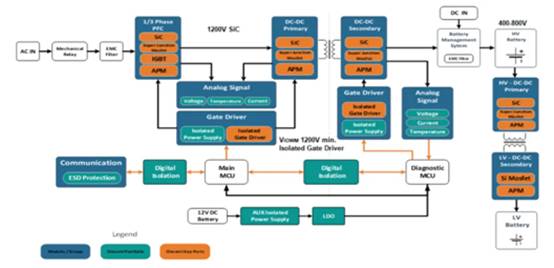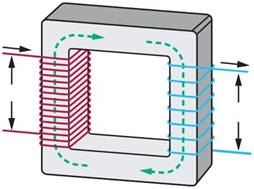本文运用ADC转化电位器输出的电压值,并用DMA形式传输转化的成果,每8次采样转化取平均值,做一个简略的数字滤波。
ADC的具体装备与运用
见之前的日记STM32中ADC的运用,仅仅最终添加一步装备DMA:
DMA for ADC channels features configuraTIon
? To enable the DMA mode for ADC channels group, use the ADC_DMACmd()funcTIon.
? To configure the DMA transfer request, use ADC_DMAConfig() funcTIon.
DMA的装备
(摘自STM32F3官方用户手册UM1581User manual)
1. Enable The DMA controller clock using
RCC_AHBPeriphClockCmd(RCC_AHBPeriph_DMA1, ENABLE) funcTIon for DMA1 orusing RCC_AHBPeriphClockCmd(RCC_AHBPeriph_DMA2, ENABLE) function forDMA2.
2. Enable and configure the peripheral to be connected to the DMA channel (except forinternal SRAM / FLASH memories: no initialization is necessary)。
3. For a given Channel, program the Source and Destination addresses, the transferDirection, the Buffer Size, the Peripheral and Memory Incrementation mode and Data
Size, the Circular or Normal mode, the channel transfer Priority and the Memory-to-Memory transfer mode (if needed) using the DMA_Init() function.
4. Enable the NVIC and the corresponding interrupt(s) using the function
DMA_ITConfig() if you need to use DMA interrupts.
5. Enable the DMA channel using the DMA_Cmd() function.
6. Activate the needed channel Request using PPP_DMACmd() function for any PPPperipheral except internal SRAM and FLASH (ie. SPI, USART 。..) The functionallowing this operation is provided in each PPP peripheral driver (ie. SPI_DMACmd forSPI peripheral)。
7. Optionally, you can configure the number of data to be transferred when the channel
is disabled (ie. after each Transfer Complete event or when a Transfer Error occurs)using the function DMA_SetCurrDataCounter()。 And you can get the number ofremaining data to be transferred using the function DMA_GetCurrDataCounter() at runtime (when the DMA channel is enabled and running)。
8. To control DMA events you can use one of the following two methods:
a. Check on DMA channel flags using the function DMA_GetFlagStatus()。
b. Use DMA interrupts through the function DMA_ITConfig() at initialization phaseand DMA_GetITStatus() function into interrupt routines in communication phase.After checking on a flag you should clear it using DMA_ClearFlag() function. Andafter checking on an interrupt event you should clear it usingDMA_ClearITPendingBit()function.
重要代码:
#include“ADC_DMA.h”
#defineDATANUM8
uint8_tFLAG=0;//转化次数标志位
uint16_tCONV_RESULTS[DATANUM];
voidADC_Config(void)
{
ADC_InitTypeDefADC_InitStructure;
ADC_CommonInitTypeDefADC_CommonInitStructure;
RCC_ADCCLKConfig(RCC_ADC12PLLCLK_Div2);
RCC_AHBPeriphClockCmd(RCC_AHBPeriph_ADC12,ENABLE);
//GPIO_Config();//完成采样输入引脚的装备,装备为模仿输入形式
//。..。..其他
ADC_CommonInitStructure.ADC_DMAAccessMode=ADC_DMAAccessMode_2;
ADC_CommonInitStructure.ADC_DMAMode=ADC_DMAMode_Circular;
//。..。..。其他
ADC_CommonInit(USING_ADC,&ADC_CommonInitStructure);
//ADCInit,ADC_Init(USING_ADC,&ADC_InitStructure);
ADC_ITConfig(USING_ADC,ADC_IT_EOC,ENABLE);//开中止
ADC_DMAConfig(USING_ADC,ADC_DMAMode_Circular);//装备ADC_DMA,非常重要
ADC_DMACmd(USING_ADC,ENABLE);//翻开ADC_DMA
DMA_Config();
ADC_Cmd(USING_ADC,ENABLE);
while(!ADC_GetFlagStatus(USING_ADC,ADC_FLAG_RDY));
ADC_StartConversion(USING_ADC);
}
voidGPIO_Config(void)
{
//。..。..。
//。..。..
}
voidDMA_Config(void)
{
DMA_InitTypeDefDMA_InitStructure;
RCC_AHBPeriphClockCmd(RCC_AHBPeriph_DMA1,ENABLE);
DMA_DeInit(DMA1_Channel1);
DMA_InitStructure.DMA_PeripheralBaseAddr=ADC_DATA_ADDR;//ADC数据寄存器DR的地址
DMA_InitStructure.DMA_MemoryBaseAddr=(u32)&CONV_RESULTS;//寄存转化成果的地址
DMA_InitStructure.DMA_DIR=DMA_DIR_PeripheralSRC;
DMA_InitStructure.DMA_BufferSize=DATANUM;
//。..。.
DMA_Init(DMA1_Channel1,&DMA_InitStructure);
DMA_Cmd(DMA1_Channel1,ENABLE);
}
voidADC1_2_IRQHandler(void)
{
FLAG++;//在主函数中查看FLAG并吵醒处理
//核算转化数据的个数
if(FLAG》DATANUM-1)
{
FLAG=0;
}
ADC_ClearITPendingBit(USING_ADC,ADC_IT_EOC);
}
//获取转化成果的平均值,做滤波处理
uint16_tGetAverage(void)
{
u8i=0;
u16average=0;
u32sum=0,voltage=0;
for(i=0;i
{
sum+=CONV_RESULTS[i];
}
average=sum/DATANUM;
voltage=average*3300/0xFFF;
returnvoltage;
}
//装备中止
voidNVIC_Config(void)
{
NVIC_InitTypeDefNVIC_InitStruct;
NVIC_InitStruct.NVIC_IRQChannel=ADC1_IRQn;
//。..。..。.
}









